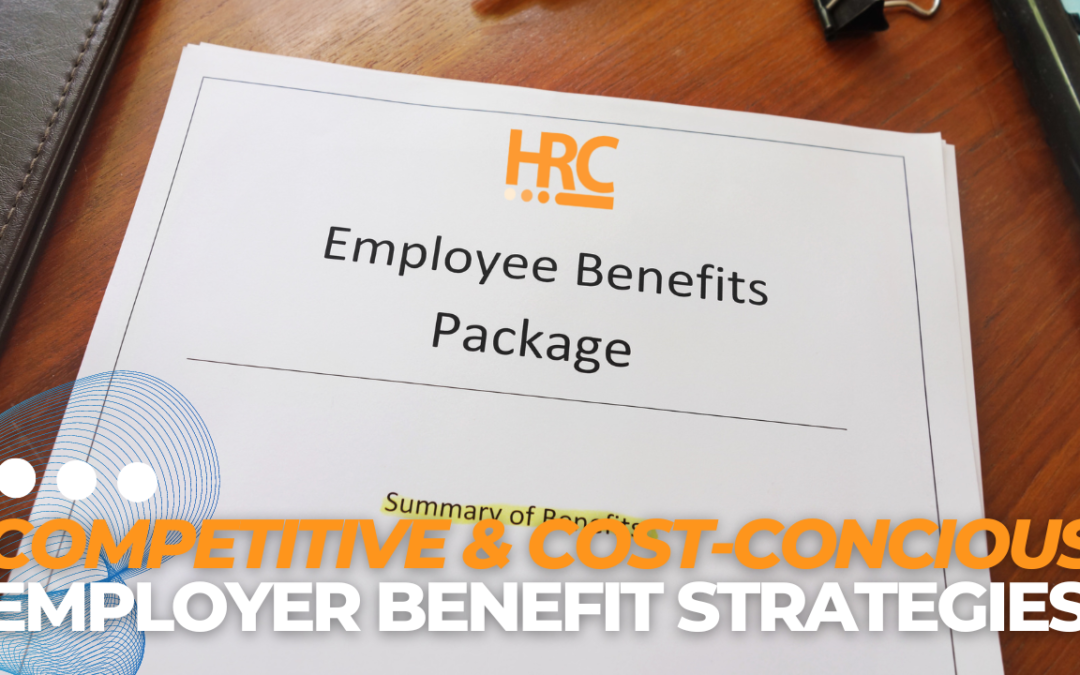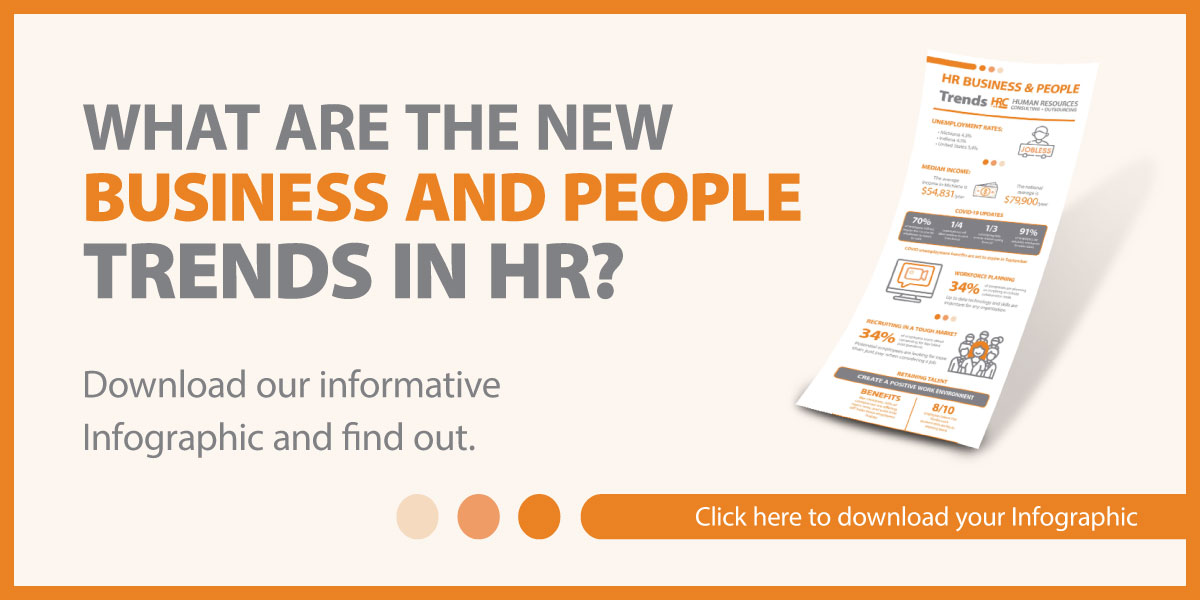In today’s job market employers are having to reevaluate the benefits they offer to help retain the employees that they already have, and to also help entice potential new hires as well. Employees are starting to look beyond the traditional benefits of health insurance, paid time off, and bonuses when deciding if a job is right for them. Benefits ranked as the 2nd highest reason for an employee to be looking for a new job. So, what benefits can employers offer that are both cost-effective for the company and enticing for the employees? Let’s take a look at some of the benefits that you can offer your employees to help retain and attract the best talent.
Looking for Full Service HR and Business Solutions? Find Them Here!
Health Insurance
Healthcare is one of the most sought-after benefits for many employees. The push for healthcare has only increased since the start of the COVID-19 pandemic. But health insurance is also one of the most expensive benefits for companies to offer. There are some options though that can make health insurance more affordable.
- Captive Insurance
- The participating companies plan and forecast the needed funds for the coming year based on the numbers from the previous years.
- This model is self-funded and is typically cheaper for the employer
- This type of plan combines multiple employers to provide volume of scale, lowering the overall cost of benefits for all participants.
- This also makes it possible for small businesses owners to offer insurance when they would otherwise be unable to.
- Level Funded Insurance
- These are self-insured plans with maximum claim insurance features set up to accommodate budgets, creating a less expensive way to provide benefits versus a traditional fully insured plan.
- Payments for this type of plan are evenly distributed over 12 months so that there are no surprises.
- Any premium funds that go unused at the end of the year are split between the carrier and the company.
- Premiums are based on the employees at the company, rather than being based on the community at large. This can also keep excess costs down, depending on the overall health of the group.
- Telehealth
- More employees are looking for virtual appointments to save time and money
- For some employers and insurance companies this option can be cheaper than traditional healthcare visits.
Mental Health Services
In addition to healthcare for physical ailments, employees are also looking for care for mental and emotional health problems. Mental health issues such as depression, burnout, stress, and anxiety have all increased. Much of this increase can be attributed to the pandemic and the isolation that has come from it. Employers can offer mental and emotional health services through a local Employee Assistance Program or through health insurance that covers mental/emotional health services. These types of services not only help the employees but creates happier team members who then tend to be more productive on the job.
Flexible Work Environments
Remote work and flexible work environments are a huge draw for many employees and potential hires. The pandemic has made many people realize that they don’t want to return full-time to an office environment or are faced with childcare issues with hybrid school schedules. Offering this as a benefit to employees is not only a good way to help attract new talent and keep current employees, but also it is an extremely cost-effective benefit on the employer’s part. It costs the employer nothing to allow employees to work from home or take unpaid leave time. For these types of programs, it is always good to set parameters (ie. a policy) and ensure Managers are equipped to set weekly goals and measure output effectively based on various hybrid work schedules.

Because of the COVID-19 pandemic and social distancing, many workers have gotten used to the flexibility of working from home.
Childcare
For the employees that are returning to work, childcare has become an issue. Some employers have started to offer childcare services onsite or have started to help employees find childcare elsewhere. Offering childcare can also open the potential for people who would otherwise be unable to work outside of the home. This would give the employers a better chance of finding the right fit for their company. Current employees are also less likely to be stressed and work better when they have adequate childcare. There are also government programs available to help lower-income individuals afford childcare. Finding out about these and having the information available for your employees and candidates can go a long way in solving tough situations and retaining talent.
Parental Leave
Along with childcare, many employees are looking for parental leave for new parents. While there are no laws in the US mandating paid maternity or paternity leave, many employees who are looking to start families are looking for jobs that will give them the time off that is needed to bond with their new baby. Offering a hybrid paid and unpaid leave time for new parents can help keep current employees and attract new employees without creating a heavy burden for the employer.
Benefits are just one of the many ways to retain talent and attract new talent to your business. If you are considering adding new benefits for your employees consider some of the ones listed above. Your employees will be happier and more productive, creating a more engaged and steady workforce.
For more information about creating an employee benefits plan, visit our website.

